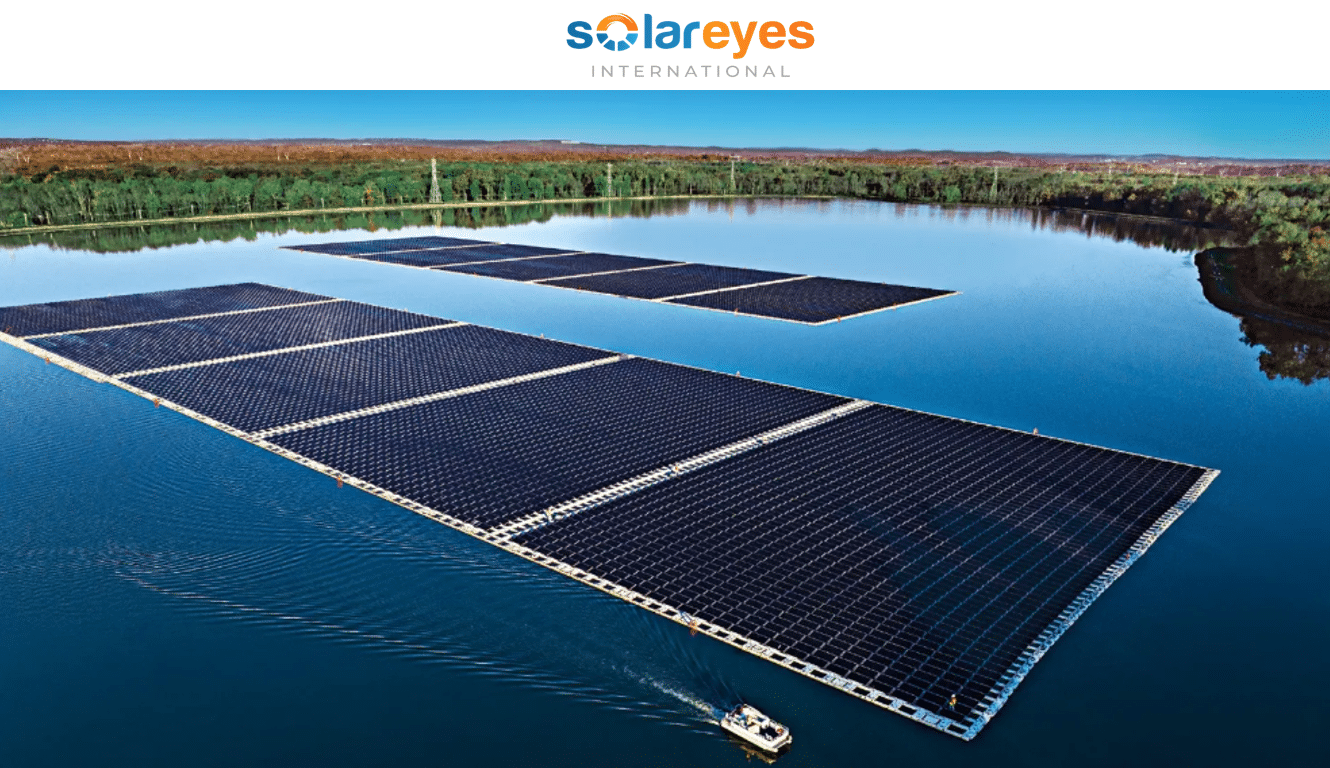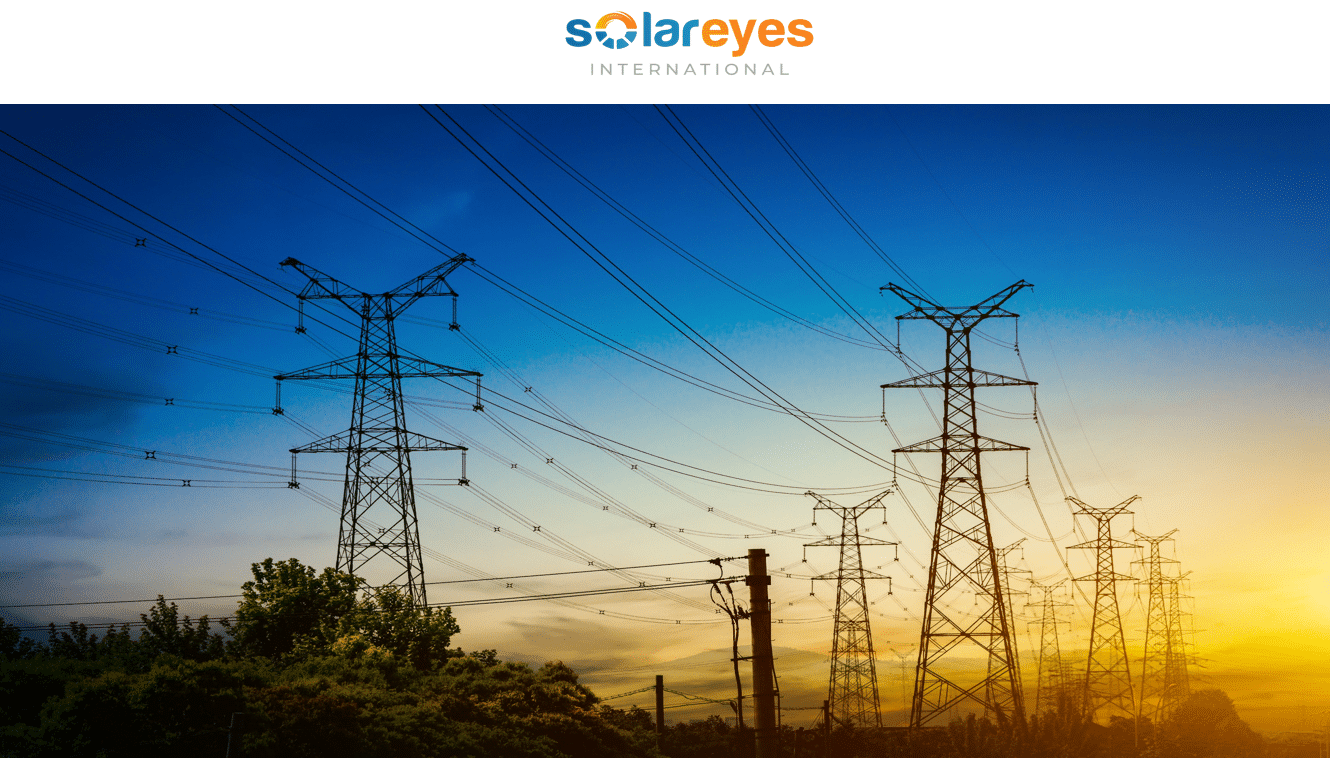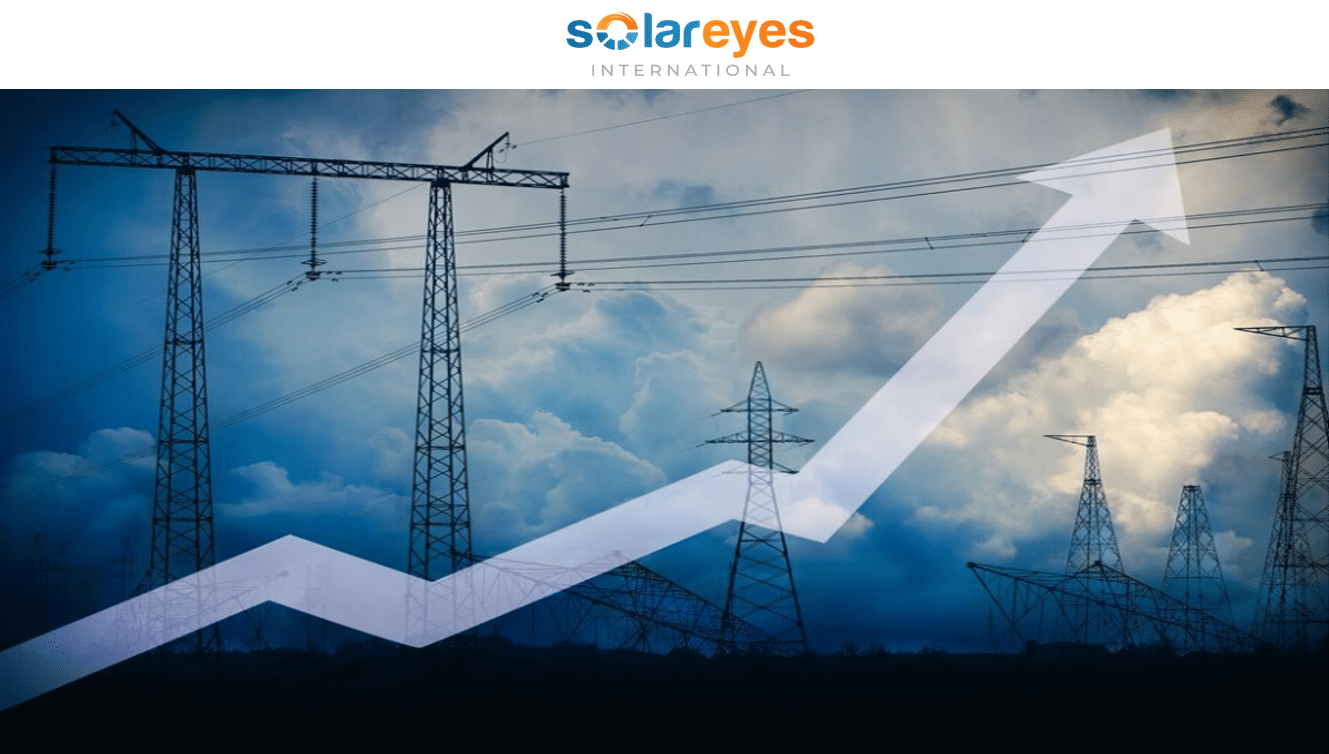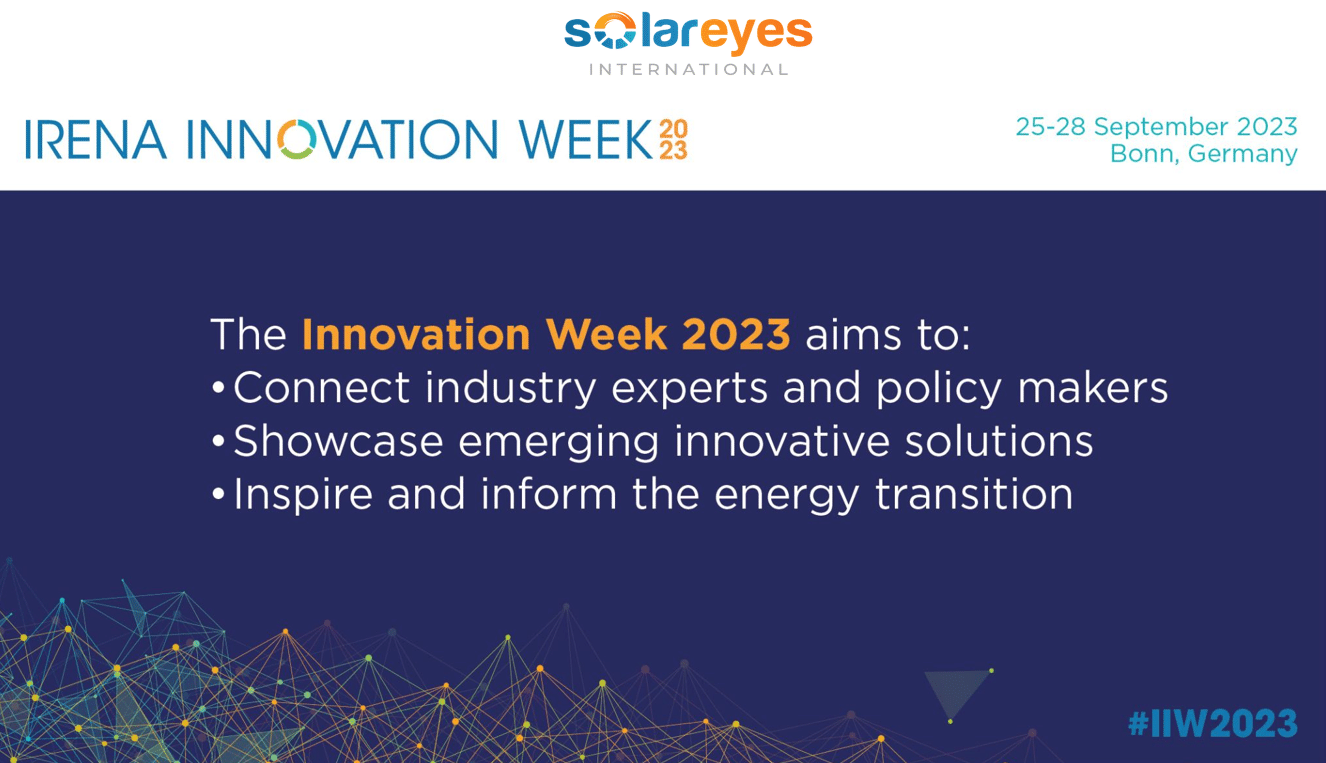Empowering Rural Africa: Overcoming Resourcefulness Challenges, Engaging Youths, and Fostering Collaboration for a Just Transition through Digital Cartoon Animation
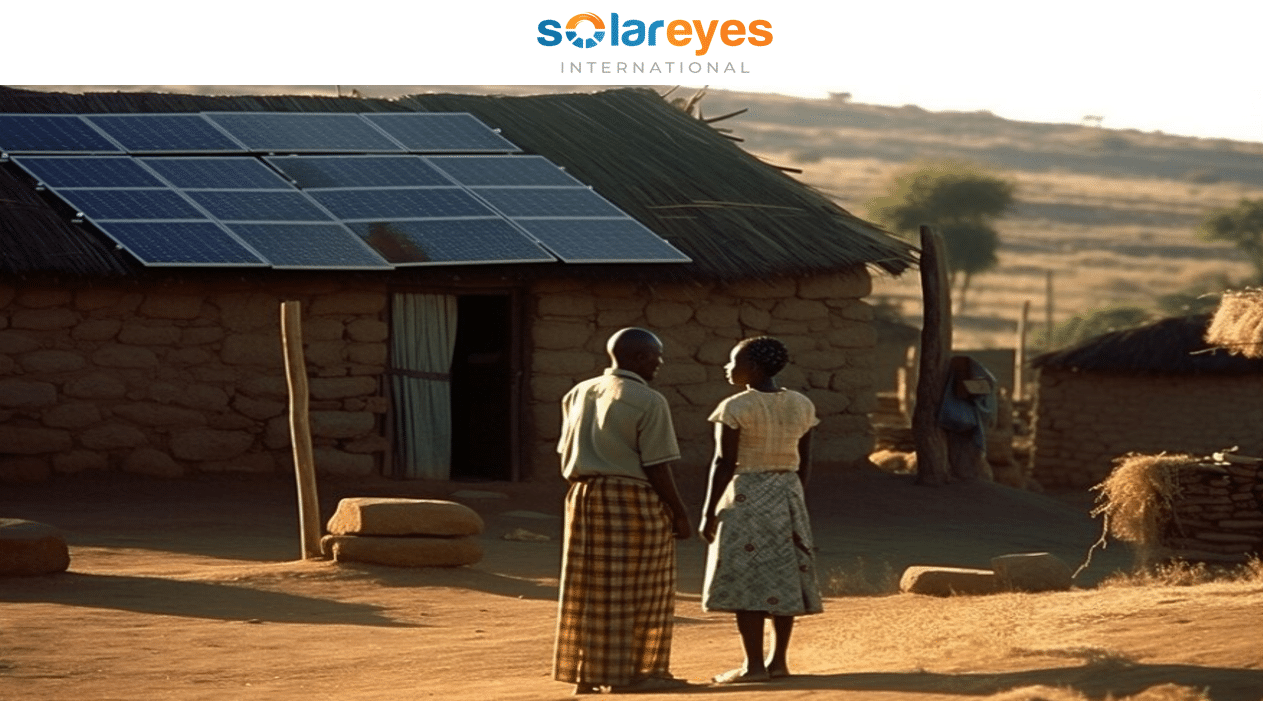
Introduction: Empowering Rural Africa: Overcoming Resourcefulness Challenges, Engaging Youths, and Fostering Collaboration for a Just Transition through Digital Cartoon Animation
Access to renewable energy is crucial for rural communities in Africa, enabling economic development, improved livelihoods, and sustainable progress. However, numerous resourcefulness challenges hinder the widespread adoption of renewable energy solutions in these areas. This article explores the barriers faced by rural communities in accessing renewable energy across Africa. Additionally, it highlights the role of Digital Cartoon Animation in simplifying renewable energy concepts for youth engagement.
Furthermore, it emphasizes the importance of collaboration between Civil Society Organizations (CSOs) and businesses through Responsible Social and Environmental Governance (RSE)/Environmental, Social, and Governance (ESG) frameworks to achieve a just transition in Africa. Finally, we showcase success stories that exemplify progress in the field.
Resourcefulness Challenges of Access to Renewable Energy in Rural Communities
Below are some challenges of access to renewable energy in rural communities.
1. Limited Financial Resources: Rural communities often lack the necessary funds to invest in renewable energy technologies. The upfront costs associated with equipment and installations make it difficult for these communities to access and afford clean energy solutions.
2. Local Capacity and Knowledge Gaps: Rural communities may face challenges in terms of technical expertise and awareness about renewable energy systems. This lack of local capacity inhibits effective utilization, maintenance, and repair of renewable energy infrastructure.
3. Availability of Suitable Technologies: Identifying and implementing renewable energy technologies that are suitable for specific rural communities can be challenging. Factors such as geographic location, energy demand, and resource availability require careful consideration to ensure the appropriateness and effectiveness of the chosen solutions.
What is Digital Cartoon Animation
Digital cartoon animation refers to the process of creating animated characters, stories, and scenes using digital tools and techniques. It involves the use of computer software, such as 2D or 3D animation software, to create the illusion of movement and bring static images to life.
Digital cartoon animation typically involves several stages, including storyboarding, character design, scene creation, keyframing, and rendering. Storyboarding is the process of creating a visual plan or sequence of images to outline the story and key actions. Character design involves the creation of unique and visually appealing characters with specific traits and personalities.
Once the story and characters are planned and designed, the scenes are created using digital drawing tools or 3D modeling software. Animators then use keyframing techniques to define the movement and actions of the characters, setting different poses or positions at key points in the animation timeline.
Finally, the animation is rendered, which involves processing and exporting the sequence of images or frames into a video format. The final output can be in various formats such as movies, TV shows, web series, advertisements, or even video games.
Top 10 Most Paying Renewable Energy Jobs for 2023: Get yourself a winning profile
Digital cartoon animation allows for greater flexibility and creativity compared to traditional hand-drawn animation. It offers a wide range of visual effects, precise control over character movements and expressions, and the ability to easily edit or modify the animation.
The Role of Digital Cartoon Animation and Webinars
In addition to webinars, on-ground activities such as conferences and beach cleanups play a crucial role in complementing the use of Digital Cartoon Animation to address resourcefulness challenges and engage youth in renewable energy initiatives:
1. Simplifying Complex Concepts: Renewable energy concepts can be intricate and difficult to understand, especially for rural communities with limited access to education. Digital Cartoon Animation simplifies these complex ideas through visual storytelling, making them more accessible and engaging. This approach can bridge the knowledge gap and empower even illiterate community members to grasp the key principles of renewable energy.
2. Youth Engagement and Education: Digital platforms and animated content resonate with young audiences. By involving youth in renewable energy projects and educational campaigns that incorporate Digital Cartoon Animation, we can effectively engage them in the transition towards sustainable energy. This empowers young individuals to become advocates for clean energy within their communities, driving local initiatives and inspiring positive change.
Opportunities for Solar Energy Development in Europe
Combining the power of Digital Cartoon Animation with on-ground activities creates a holistic approach that leverages both digital platforms and direct community interactions. This combination ensures a comprehensive and inclusive strategy to educate, inspire, and mobilize rural communities, especially youth, towards a sustainable energy future.
By fostering collaboration between renewable energy stakeholders, civil society organizations, businesses, and local communities, we can collectively address resourcefulness challenges, raise awareness, and empower rural communities to actively participate in the renewable energy transition. Through a combination of digital tools, educational initiatives, and on-ground activities, we can create a more just and sustainable energy landscape for Africa’s rural communities.
Collaboration between CSOs and Businesses via RSE/ESG:
Collaboration between CSOs and businesses, guided by RSE/ESG frameworks, is crucial for achieving a just transition towards renewable energy in Africa. Here’s why it matters:
1. Complementary Strengths: CSOs and businesses bring different strengths to the table. CSOs often possess grassroots connections, advocacy expertise, and community trust, while businesses contribute resources, technical know-how, and scalability. Collaboration allows the blending of these strengths to tackle complex challenges effectively.
2. Resource Mobilization: Collaboration enables CSOs and businesses to pool their resources, whether financial, human, or technical, to overcome the resourcefulness challenges faced by rural communities. This collective effort can facilitate the implementation of renewable energy projects and initiatives.
Y Combinator Startups on Clean Energy and Sustainability
3. Holistic Approach: RSE/ESG frameworks provide a comprehensive framework for addressing environmental and social challenges while ensuring sustainable economic growth. Collaboration under these frameworks ensures that renewable energy projects are implemented with consideration for social equity, environmental impact, and long-term economic viability.
Some Success Stories on Transformative Impact of Collaboration and Youth Involvement in Achieving Sustainable Energy Access in Rural Africa
Several success stories highlight the positive impact of collaborative efforts and the use of Digital Cartoon Animation in achieving a just transition in Africa:
1. Solar Sister (Multiple African Countries): Solar Sister, a nonprofit organization, empowers women entrepreneurs in rural communities by providing them with clean energy products to sell. Through collaboration with local communities and businesses, Solar Sister has successfully increased renewable energy access while creating economic opportunities for women.
2. M-Kopa Solar (Kenya, Uganda , Tanzania): M-Kopa Solar has revolutionized access to solar energy in East Africa. By offering affordable and pay-as-you-go solar energy systems, M-Kopa has empowered rural communities to access clean energy and improve their quality of life. Collaboration with financial institutions and mobile network operators has been crucial to their success.
3. BBOXX (Multiple African Countries): BBOXX is a company that provides off-grid solar solutions to rural communities across Africa. Their innovative business model combines technology, financing partnerships, and community engagement to deliver affordable and reliable renewable energy access. Collaboration with local governments and organizations has been instrumental in expanding their impact.
4. Africa Clean Energy Technical Assistance Facility (Various African Countries): The Africa Clean Energy Technical Assistance Facility supports renewable energy projects across the continent. By providing technical expertise, capacity building, and financial support, this facility has helped accelerate the adoption of renewable energy solutions in rural communities.
5. The LEGS (Lampe Étanche Gonflable Solaire) initiative, led by 350 Côte d’Ivoire, was established to combat the development of a coal plant power project in San Pedro, Côte d’Ivoire. The project aimed to address the issue of communities lacking reliable access to electricity, which had been misrepresented by false information. LEGS sought to introduce sustainable, clean, and affordable electricity solutions to these communities.
Conclusion
Overcoming resourcefulness challenges in accessing renewable energy for rural communities in Africa requires innovative approaches, collaboration, and youth engagement. Digital Cartoon Animation serves as an effective tool for simplifying renewable energy concepts and engaging youth in sustainable energy initiatives. Collaboration between CSOs and businesses, guided by RSE/ESG frameworks, ensures a just transition towards renewable energy, considering social, environmental, and economic aspects.
Through success stories like Solar Sister, M-Kopa Solar, BBOXX, and the Africa Clean Energy Technical Assistance Facility, we see the transformative impact of collaboration and youth involvement in achieving sustainable energy access in rural Africa. By continuing to foster partnerships and empower communities, we can create a future where renewable energy is accessible, affordable, and equitable for all.
*************************************************************************
This article was written by TRAORE CHEICK LADJI who is a SolarEyes Contributor. More information about SolarEyes Contributors can be found on this link: https://solareyesinternational.com/solareyes-international-contributors/
*************************************************************************
FOLLOW US ON SOCIAL MEDIA
Follow us on LINKEDIN, FACEBOOK, TELEGRAM GROUP and WHATSAPP.
*** ALSO CHECK: HOW TO SIZE A SOLAR SYSTEM – 5 clear steps anyone can follow
HOW TO START A SOLAR COMPANY – do these 6 things and make money through solar
How to Identify Fake Solar Products
SOLAR PANEL LOSSES: All you Need to Know + Tips on how to avoid them


